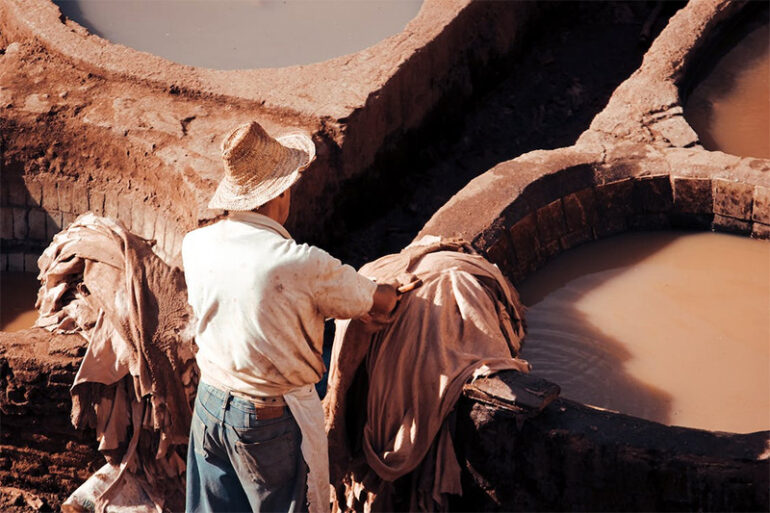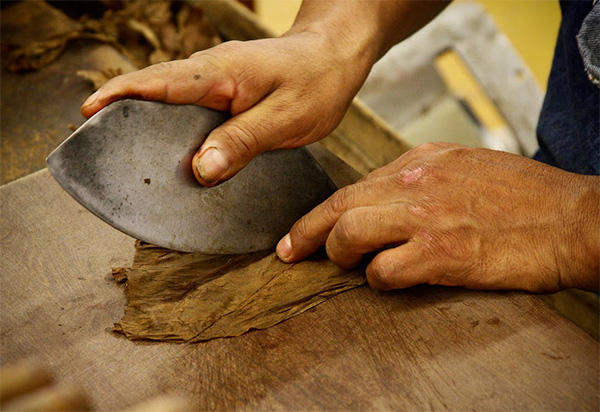Leather is a type of textile material made from animal hide that is recognized for its quality and durability. Due to its nature, it is also very versatile, being used for clothes, furniture, and much more. While the process of leather tanning is surely dated, it is still significant as it is still the same process that is followed today when producing leather. The process of leather tanning can be traced back as far as 7000 BCE in Mehrgarh, currently known as Pakistan. It was also found that tanning was commonplace for Sumerians as it has been found that they attached leather to the wheels of chariots in 2500 BCE.
Preparation
Before leather can be used for products such as belts, clothes, or shoes, they first have to go through various different processes that prepare them, helping them last longer and become more durable. One of the first steps of this process is removing anything undesirable such as leftover scraps from the flesh of the animal hide. Once that step is done, the hide must then be cured with salt to help prevent any bacteria from growing. When the hide is finally cured, the leftover salt is removed from the hide and left to soak in water with a few chemicals. While this only shows a small part of the preparation leather has to go through it is able to give a better idea of what needs to be done when producing leather.
Tanning
There are a few different ways to tan animal hide, one of them being vegetable tanning. Vegetable tanning only takes one day to produce leather with the help of machines, making it considerably faster when compared to other methods. Another type of tanning is chrome tanning, which requires submerging the animal hide in acidic salts and placing the hides in baths that have chromium tanning agents. Once the hides are in the bath, the acidity decreases until the hides start soaking up the agents.
Preservation
It would be a waste of this long and grueling process would be for nothing because the leather was not taken care of. Although it is a common misconception for people to think that maintaining the condition of leather is hard this is far from the truth. To properly maintain leather, all that needs to be done is to simply grab a damp cloth and wipe the leather from time to time. However, if that isn’t enough then using leather creams and conditioners can help to prevent and remove small scratches.
Leather tanning has been around for centuries now at this point, and the minimal change in the making of leather just goes to show how optimized the process has really become. There are countless factors that contribute to the quality of leather, may that be the meticulous preparation or the actual tanning of the leather. Whatever it may be, one thing is for sure leather tanning is a process that takes time and effort, and if animal hides did not first go through these processes then the quality of leather would be nowhere near what is considered to be leather, showing the importance of each step for leather tanning.
Photo Attribution:
1st and featured image by https://www.pexels.com/photo/man-tanning-and-dyeing-leather-13437253/
2nd image by https://www.pexels.com/photo/hands-scudding-piece-of-leather-13542237/

